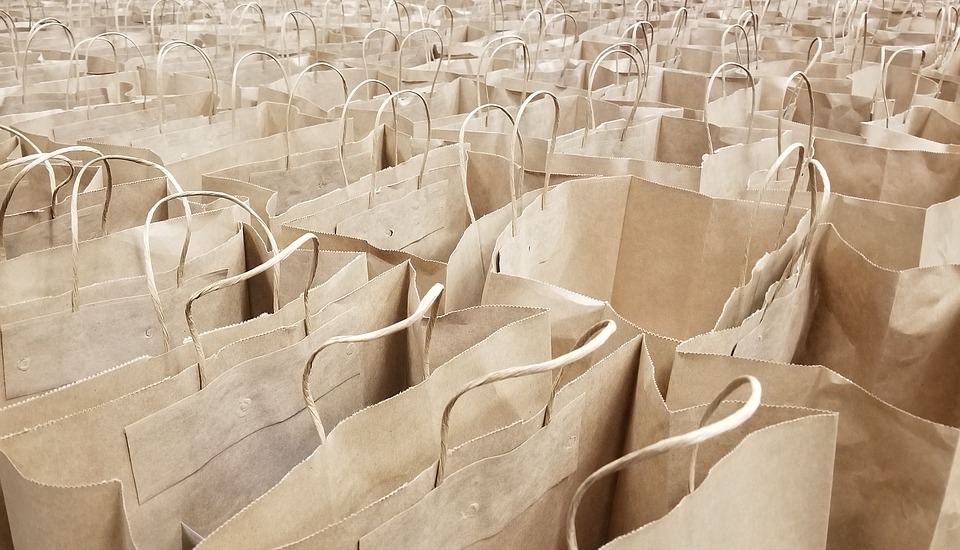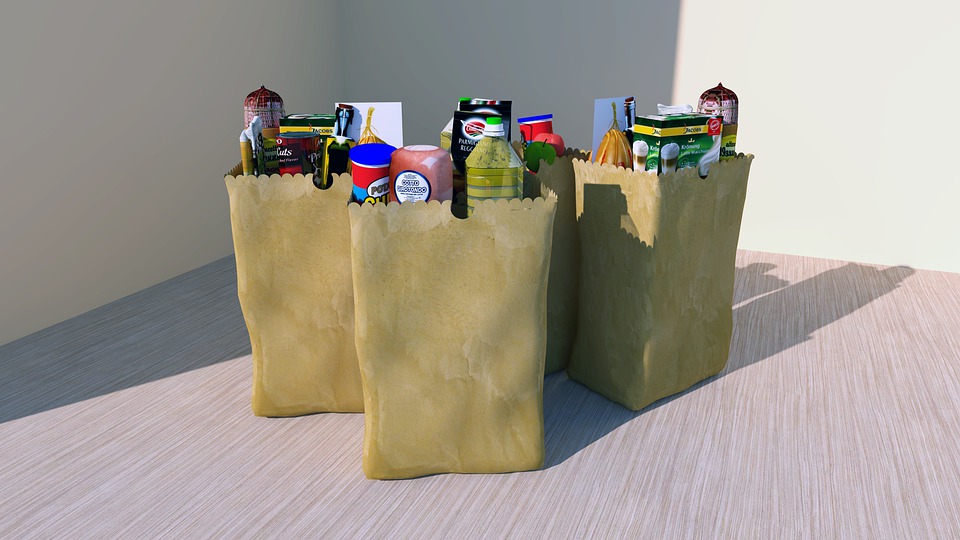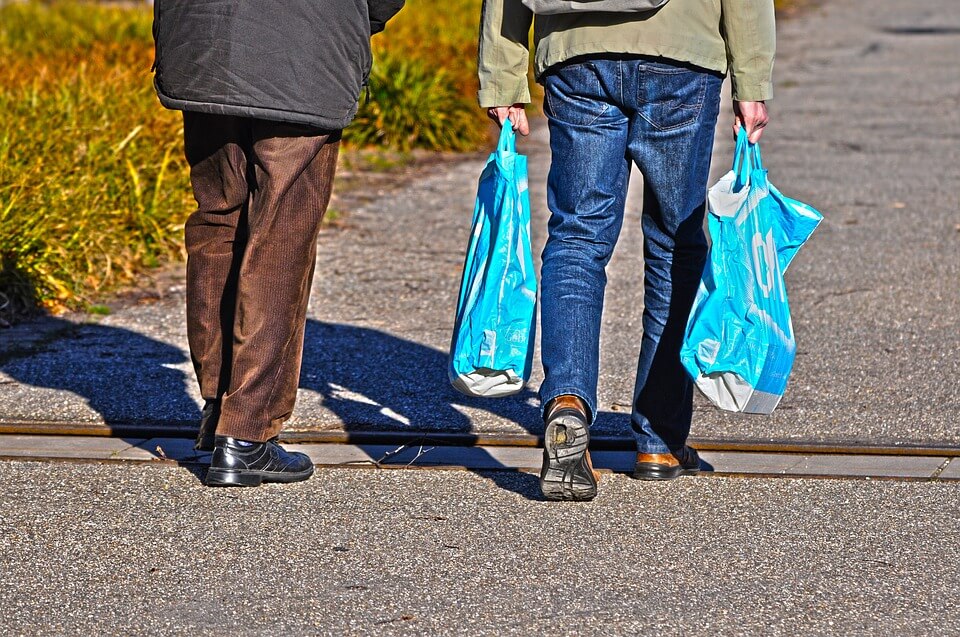
Bagged and packaged goods are the best option for small retail businesses because they are easy to store and transport. They are also easy to display and merchandise, which can help attract customers. Additionally, packaged goods typically have a longer shelf life than loose items, so they can be sold over a longer period of time.
There are a few reasons why bagged packaged goods are best for small retail businesses. Firstly, it’s a great way to display your products and catch the customer’s eye. Secondly, it’s easy for the customer to grab what they need and go. And lastly, it’s a great way to promote your brand and products.
Can’t figure out how to start your own retail business? Bag it!
There are a few ways to start a retail business without having to worry about investing in inventory or a physical space. One option is to become a bagger for a grocery store or other retailer. This way, you can sell products that are already in stock and don’t have to worry about ordering any products yourself. You can also start an online retail business by setting up a shop on a platform like Etsy or eBay.

Your Product Packaging Is An Asset. Protect It Properly!
Your product packaging is an important asset. It’s what protects your product and helps it stand out on store shelves. Make sure you protect it properly during shipping and handling. Use strong boxes and packing materials, and be careful not to damage the packaging. If the packaging is damaged, it can negatively affect your product’s image and sales.
Got a small business? Bag your success with packaged goods!
Yes, starting a small business with packaged goods can be a great way to achieve success. There are a few things to keep in mind when starting out, however. First, it’s important to make sure that you have a good product that meets the needs of your customers. You’ll also need to create a strong marketing strategy to get the word out about your business. Finally, make sure you are organized and efficient with your operations so that you can keep costs down and margins high.
Are Bagged Packaged Goods The Best Option For Small Retailers?
There are pros and cons to both options, but in general, bagged and packaged goods are probably the best option for small retailers. They’re easier to stock and display, and they can help create a more professional appearance for your store. They also make it easier for customers to purchase your products.
Why Should You Invest In Bagged Packaged Goods?
There are a few reasons why you should invest in bagged packaged goods. First, they are typically less expensive than buying the items loose. Second, they are convenient and easy to store. Third, they can help you stay organized and keep your pantry or fridge stocked with the items you need. Finally, they make it easy to cook meals quickly and easily.
4 Types of Bagged Packaged Goods

1. High Density Polyethylene (HDPE)
High density polyethylene (HDPE) is a type of plastic that is used to make products such as milk jugs, detergent bottles, and grocery bags. It is often chosen for its durability and resistance to shattering. HDPE is also non-toxic and recyclable.
Bagged packaged goods are commonly found on store shelves. The packaging is made of high density polyethylene (HDPE) which is a type of plastic. HDPE is strong and durable which makes it perfect for packaging. It is also moisture and gas resistant which helps to keep the product inside the bag fresh.
2. Low Density Polyethylene (LDPE)
Bagged packaged goods are a type of product that is often made from low density polyethylene (LDPE) plastic. LDPE is a strong and flexible plastic that is commonly used to make bags, packaging, and other products that need to be lightweight and durable. Bags made from LDPE can hold a lot of weight without breaking, making them ideal for packaging food or other items. LDPE bags are also resistant to moisture and can be stored in humid environments without becoming damaged.
Packaging is an important part of product marketing. It can make a product more appealing to consumers and give it an air of sophistication or high quality. Different types of packaging are available for different products, and each has its own advantages and disadvantages.
One type of packaging that is popular for certain types of products is low density polyethylene (LDPE). LDPE is a soft plastic that can be molded into many shapes and sizes. It is often used to bag packaged goods, as it is strong enough to protect the product but also flexible enough to be easily opened by the customer.
LDPE is also relatively inexpensive, which makes it a popular choice for budget-conscious companies. Additionally, it is recyclable, which means that it can be reused multiple times before being disposed of. However, LDPE does have some drawbacks.
3. Linear Low Density Polyethylene (LLDPE)
Low density polyethylene (LDPE) is a thermoplastic polymer used in the production of plastic bags and other packaging materials. It is produced by the polymerization of ethylene monomers. LDPE has a low melting point, so it can be processed at relatively low temperatures. It is also flexible and tough, making it suitable for packaging applications.
LLDPE is a variant of LDPE that has been modified to improve its properties. LLDPE has a higher melting point than LDPE, making it more resistant to heat and abuse. It is also more elastic, making it better suited for bagged packaged goods that are susceptible to damage during transit. LLDPE films are also less translucent than LDPE films, making them better suited for applications where privacy is important.
4. Polypropylene (PP)
Polypropylene (PP) is a thermoplastic polymer used in a wide variety of applications, including as a packaging material. PP is strong and durable, making it an ideal material for packaging products that need to be protected from damage. PP is also resistant to moisture and other environmental factors, making it a good choice for bagged packaged goods that may be exposed to the elements. Additionally, PP is relatively affordable compared to other packaging materials, making it a popular choice for budget-conscious businesses.
Polypropylene, also known as PP, is a common type of plastic. It is often used to make bags and packaging for goods. PP is strong and durable, making it a good choice for packaging. It is also lightweight, which reduces shipping costs. PP bags and packaging are moisture-resistant and can be recycled.
Polypropylene is a type of plastic that is used for packaging food and other bagged packaged goods. It is strong and durable, yet lightweight, which makes it an ideal material for bags and boxes. Polypropylene can be recycled, and it does not release harmful chemicals into the environment.
4 Advantages of Bagged Packaged Goods

1. Easy to carry goods
The ease of carrying goods is a benefit to the consumer. When the items are bagged and packaged, it makes it easy for the individual to transport the items. This is beneficial because it eliminates the need for the person to carry multiple items and also eliminates the risk of losing or damaging the items. Additionally, when goods are bagged and packaged, it can help with organization and allows for easier access to the items.
2. Best quality at an affordable price
When it comes to finding the best quality products at an affordable price, look no further than bagged packaged goods. By buying products that have been pre-packaged and sealed in a bag, you can get the quality you need at a fraction of the price. Bagged packaged goods are perfect for busy people on a budget who want to get the most for their money.
Bagged packaged goods typically last longer than their loose counterparts, meaning you won’t have to run to the store as often. This is because the product is protected from moisture and air exposure, which can degrade them over time. Additionally, when products are loose, they often become contaminated with other items in the store, increasing your chances of getting sick. With bagged packaged goods, you don’t have to worry about any of that.
3. Reusable
Reusable bags are becoming more and more popular as people become more environmentally conscious. There are many benefits to using reusable bags, the most obvious being that you’re helping the environment by reducing the number of plastic bags that end up in landfills. Reusable bags come in a variety of shapes and sizes, so you can find one that’s perfect for your needs. They’re also very affordable, which makes them a great option for budget-minded shoppers.
Another big benefit of using reusable bags is that they keep your groceries fresher. Bagged packaged goods tend to spoil faster than those that are stored loose, so using a reusable bag can help you avoid wasting food. Reusable bags can also help you save money on groceries, since you won’t have to buy as many plastic bags.
4. Protection for your goods
When goods are bagged and packaged, there are a number of benefits that the consumer enjoys. Protection of the goods is one such benefit. If the items are being transported, they are less likely to be damaged in transit if they are bagged and packaged properly. This is because they are not as prone to being jostled around as they would be if they were simply placed in a box or container.
Another benefit of packaging goods in bags is that it allows the consumer to see what they are buying. It is easy to determine the contents of a package when it is transparent. This can be especially helpful when shopping for items like produce, where freshness is key.
Finally, bagging and packaging goods helps to protect them from the elements. If it is raining or snowing outside, for example, the items inside the package will stay dry.
Thanks for reading.